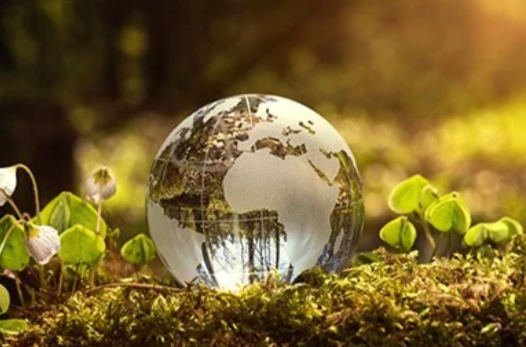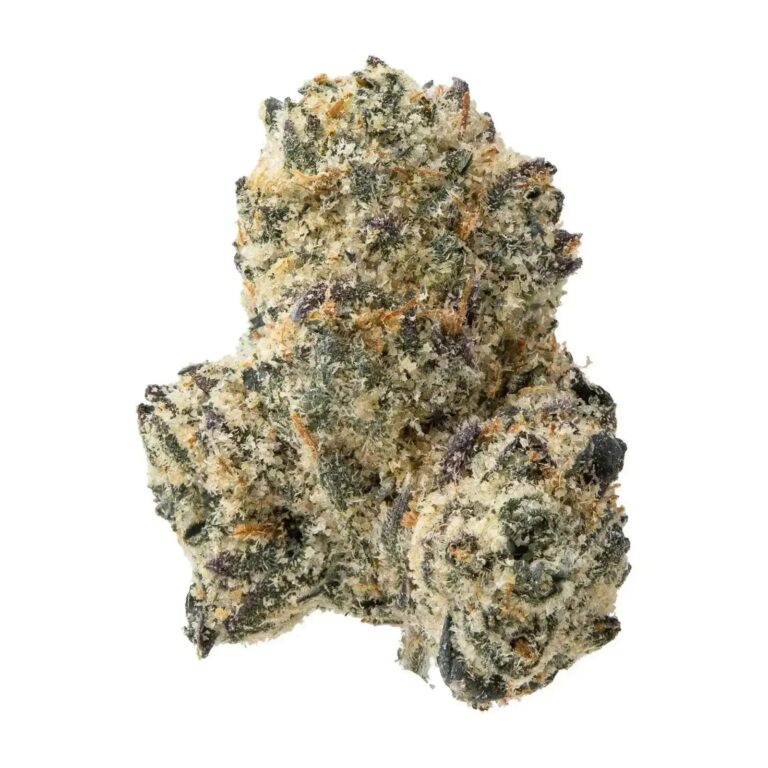
Plastic pollution has become a major environmental concern, and polyethylene terephthalate (PET) is one of the most commonly used plastics contributing to this issue. PET is widely found in beverage bottles, food containers, packaging films, and textiles. While it is lightweight, durable, and versatile, improper disposal of PET Recycling leads to significant environmental challenges. PET recycling provides a sustainable solution by converting plastic waste into reusable materials that can be used in everyday products.
Understanding PET Recycling
PET recycling involves the collection, sorting, cleaning, and processing of used PET products to create new, high-quality materials. Being a thermoplastic, PET can be melted and reformed multiple times without significant degradation, making it highly suitable for recycling. The process not only reduces environmental pollution but also conserves natural resources and energy that would otherwise be used in the production of virgin plastics.
Recycled PET, often referred to as rPET, can be transformed into pellets or flakes, which serve as raw materials for manufacturing a variety of products. This ensures that plastic waste maintains value and continues to serve practical purposes, rather than ending up in landfills or oceans.
Benefits of PET Recycling
Recycling PET provides multiple environmental and economic benefits. It significantly reduces plastic waste in landfills and oceans, helping protect ecosystems and wildlife. By reusing existing materials, the demand for new petroleum-based plastics is lowered, which in turn reduces carbon emissions associated with plastic production.
Economically, PET recycling creates a circular system that supports sustainable manufacturing. Industries can use recycled PET as an affordable alternative to virgin plastic, reducing production costs while promoting environmentally responsible practices. Additionally, recycling initiatives generate employment opportunities in collection, sorting, and processing facilities, contributing to local economies.
The PET Recycling Process
The PET recycling process begins with the collection and sorting of used plastic products. Proper segregation ensures that only PET materials are processed, minimizing contamination and improving the quality of recycled output. Once sorted, PET items are thoroughly cleaned to remove labels, adhesives, and residues, which is essential for producing high-quality recycled material.
After cleaning, the PET is shredded into small flakes or granules. These flakes are then melted and reformed into pellets that can be used in manufacturing new products. Advanced recycling technologies also allow for chemical recycling, which breaks PET down into its original monomers for the creation of virgin-quality plastic.
Applications of Recycled PET
Recycled PET has a wide range of applications in daily life. One of the most common uses is in the production of new beverage and food containers, creating a sustainable loop for packaging. PET can also be used in textiles, such as polyester fabrics for clothing, upholstery, and carpets, offering a durable and eco-friendly material option.
Beyond packaging and textiles, rPET is used in producing automotive parts, construction materials, and consumer goods. Recycled PET contributes to eco-friendly products like reusable water bottles, storage containers, and household items, helping reduce reliance on virgin plastic while promoting sustainability.
Encouraging Responsible PET Recycling
Effective PET recycling requires participation from individuals, businesses, and communities. Proper disposal and separation of PET waste, supported by recycling programs and awareness campaigns, are essential to maximize recycling efficiency. Businesses can implement take-back programs, use recycled PET in their products, and educate consumers about the benefits of recycling.
Conclusion
PET recycling transforms plastic waste into valuable, reusable materials, offering a practical solution for environmental conservation and sustainable manufacturing. From beverage bottles and food containers to textiles and consumer goods, recycled PET serves a wide range of applications, reducing reliance on virgin plastics and minimizing pollution.
By supporting PET recycling, individuals and industries contribute to a circular economy, conserve natural resources, and promote eco-friendly practices. Turning plastic waste into reusable products not only addresses environmental challenges but also encourages responsible consumption, paving the way for a cleaner and more sustainable future.


